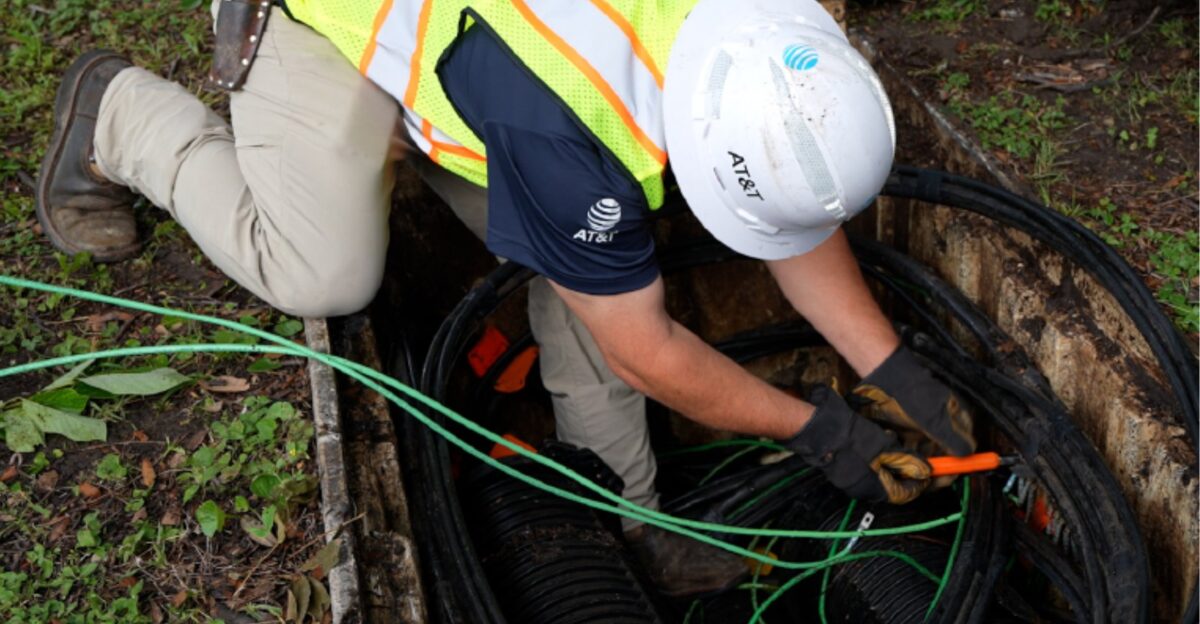
Millions of Americans will soon pay more for home internet, as AT&T Inc. prepares to raise prices across all its residential plans by $5 per month starting December 1, 2025. The move marks the third consecutive annual increase for the telecom giant’s customers. With this latest adjustment, long-term subscribers will see their monthly bills climb by a total of $15 since 2023—a change that is rippling through households, small businesses, and the broader internet market.
Mounting Costs for Households and Businesses

The December price hike will affect between 10 and 15 million AT&T customers nationwide, including those using Fiber, 5G Internet Air, and legacy DSL services. AT&T Fiber alone accounts for 10 million subscribers, while the remainder are split between the company’s newer 5G fixed wireless and older DSL offerings. The increase comes on top of reduced autopay discounts introduced in April 2025, which slashed savings for customers who pay by debit and eliminated perks for credit card users.
For many families, the cumulative $15 monthly increase over three years translates to an extra $180 per year, straining budgets—especially in lower-income households. Small businesses, too, are feeling the squeeze. Those relying on AT&T for connectivity face $5 to $10 higher monthly costs per location, which can erode already thin profit margins, delay investments, and potentially force price hikes for their own customers. These pressures are particularly acute in sectors like retail and hospitality, where reliable internet is essential for daily operations.
Competitive Landscape and Industry Reactions

AT&T’s decision to raise prices ahead of 2026 positions it as the first major U.S. internet service provider to do so in the new year. The move is being closely watched by competitors. Verizon, which operates 5G Home Internet in more than 60 cities, and T-Mobile, whose fixed wireless access market share has grown rapidly in recent years, may soon reevaluate their own pricing strategies. Cable giants Comcast and Charter are also under pressure, as fiber competition intensifies and consumers weigh their options.
Industry analysts suggest that AT&T’s price increase could set a precedent, prompting rivals to follow suit or, conversely, to hold prices steady in an effort to lure away dissatisfied customers. The outcome could reshape broadband affordability and spark a new round of competition, with service quality and pricing both in the spotlight.
Behind the Numbers: Financial and Operational Impacts
The company’s ongoing investments in fiber and 5G infrastructure—reflected in full-year 2025 capital investment guidance of $22 to $22.5 billion—are cited as reasons for the higher rates. Equipment vendors and network suppliers benefit from these investments, but also face pressure to meet AT&T’s efficiency demands.
Despite the scale of these investments, critics argue that the primary motivation for the price hikes is to boost shareholder returns. AT&T has outlined plans to deliver more than $40 billion to shareholders over three years through dividends and share repurchases. This focus on financial engineering, some observers note, comes as employees see minimal wage growth and customers shoulder rising costs.
Customer Backlash and Broader Implications

The nationwide increase applies to urban, suburban, and rural markets alike, affecting a diverse cross-section of Americans. While fiber dominates in metropolitan areas, 5G fixed wireless is expanding into underserved regions, and DSL remains in use among legacy customers. The disparity in infrastructure quality has fueled frustration, with many customers questioning the fairness of uniform price hikes.
Social media platforms and online forums have become outlets for customer dissatisfaction, with complaints about both reliability and rising costs. Some subscribers, particularly those who switched to AT&T in search of better value, are now considering alternatives. The risk of customer churn is real, and retention strategies are under scrutiny as the company navigates this period of transition.
Looking Ahead: Stakes for Consumers and the Industry

AT&T’s December 1 deadline, announced with just over six weeks’ notice, leaves little time for customers to explore other options—especially during the busy holiday season. As the first major provider to implement a price increase for 2026, AT&T may well influence the broader market’s direction. If competitors follow its lead, higher internet costs could become the new norm for millions of Americans. If they hold the line, AT&T risks losing market share to rivals promising better value.
The stakes are high for consumers, businesses, and the industry as a whole. The coming months will reveal whether AT&T’s gamble pays off—or whether it triggers a wave of defections and a new chapter in the battle for America’s broadband future.